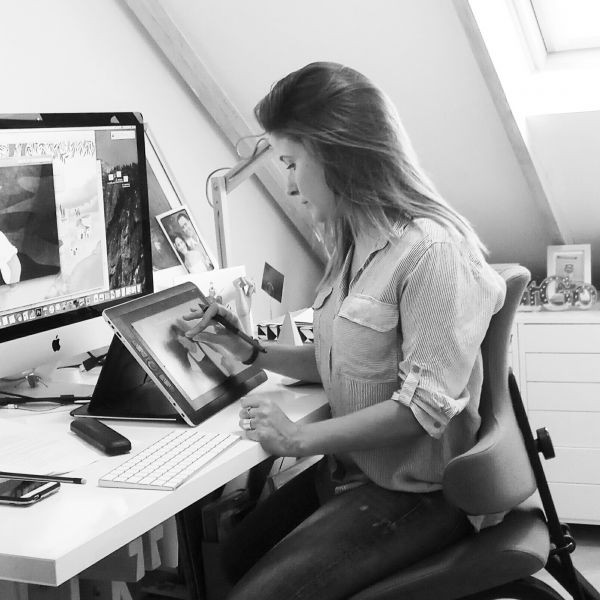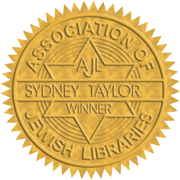Gloria's Blog
University of the Ghetto
This post appeared as the first of three guest blogs for the Jewish Book Council and on The Forward.
When I'm back in London there's a building I like to visit. If you're an art lover and you've been to London. you may know the place. It's the Whitechapel Gallery in London's East End. But it's not the art that I go for, it's the building itself. Or rather its new-old addition — the former Whitechapel Library.
The original gallery building opened in London's East End in 1901. It seemed like an odd location. The
They called it The University of the Ghetto, and it acquired legendary status. The area was home to vast numbers of poor Jewish immigrants with a thirst for knowledge. Because of Jewish borrowers, the library built up the largest collection of Jewish and Yiddish literature in any British library. It was a refuge and meeting place for all sorts: radical thinkers, school children, dockers, office workers and down-and-outs. They browsed the shelves and sat at the wooden tables in the reading room. And the list of writers and artists who got their start at 77 Whitechapel High St. was long.
But times change. When it came time for me to join the library, it was the late 1960s and the writing was already on the wall for the Jewish East End. The Jews had started moving on to pastures suburban. The generation of writers, artists, scholars, scientists,
Back home one university vacation, I returned to the library only to discover that Jewish literature had disappeared. The dwindling Jewish community had taken its toll
From time to time I would visit my books. It was wonderful down there in the basement. Just me and my books. Occasionally, a member of the library staff would pop his head in to check on me. In time, the library sold off the books to university libraries. I bought some. Today they sit on my shelves. Occasionally, when I have writer's block. I'll open one, just the smell of the old paper with its patina of thumbprints of generations of Jewish immigrants is enough to ignite the imagination again.
In August 2005, Whitechapel Library closed its doors after 113 years. It reopened a tube station away, as the Idea Store, a fabulous four-story building with
The old building was bought by the Whitechapel Gallery next door. In 2009 it reopened as part of the gallery after a massive renovation. Not long after, I went to check on the old girl. The Haymarket was gone. The original stair case and balustrade up to the reading room remained. There was not a trace of the old dark basement. Instead of books, you'll find brightly lit toilets and a baby-changing room. Up the in old reading room, the doors and windows looked just the same. And those old wooden tables were just as I remembered. I got to chatting
I popped in again last month. Up in the old reading room on the first
When you subscribe to the blog, we will send you an e-mail when there are new updates on the site so you wouldn't miss them.






